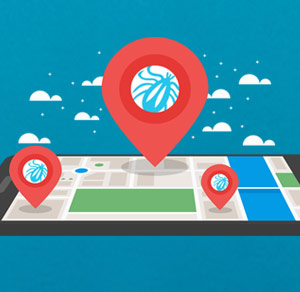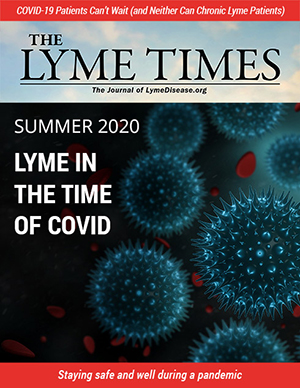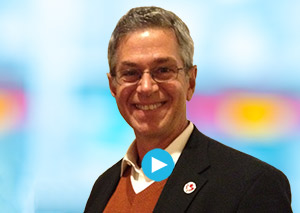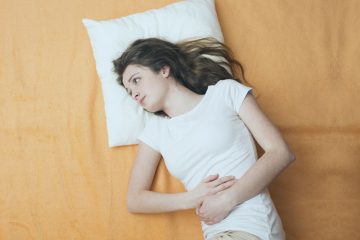- Home
- Find A Physician
- FIND A PHYSICIAN
- LymeTimes
- Current Issue
- Archives
- FEATURED LYMEDISEASE.ORG ISSUES
- Resources
- LYME LITERATE PHYSICIAN VIDEOS
- Physicians
- Members
- About Us
- Resources
W ith the coronavirus pandemic, we’re learning the importance of staying home and avoiding public spaces—and physical encounters with other people.
But the term social distancing grates against my sensibilities like fingernails on a chalkboard.
Yes, in the interest of everybody’s health, we need to sequester ourselves for the time being.
But we must do our best to stay socially connected with our families, neighbors, and larger communities. We need each other more than ever in such trying circumstances!
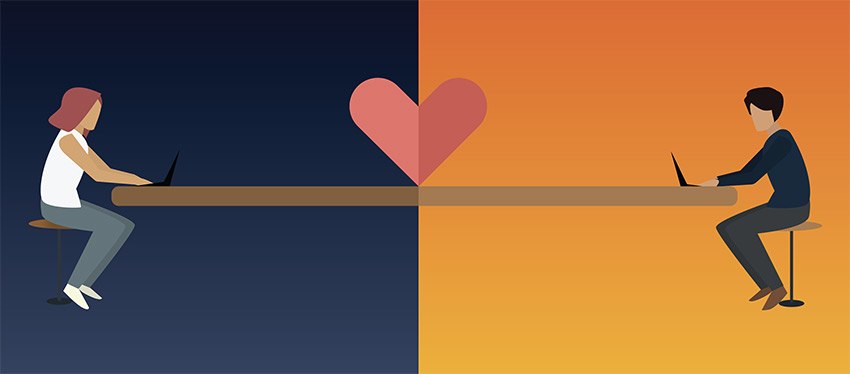
Luckily, social media and other technologies help us do that. Personally, I’m making a special effort to keep in touch with my tribe using the best remote tools for the job—phone calls, text, Facebook, and email.
I’m also a member of Nextdoor (www.nextdoor.com). The social networking site connects me with neighbors who I may not personally know but with whom I share common concerns (like what’s open and what’s closed in our community during rapidly changing scenarios).
I also believe that staying in touch with your fellow members of the Lyme community is as important as staying in touch with the neighbors where you live.
We must do our best to stay socially connected with our families, neighbors, and larger communities. We need each other more than ever in such trying circumstances!
One option is to join LymeDisease.org’s online support group network. It is hosted on the IO network, which offers more privacy protections than many other social media platforms.
Everyone who joins automatically becomes part of the U.S. National Lyme Group and will receive daily digests of messages posted in the previous 24 hours. (You can change your settings to see them more or less often, as you prefer.) And there are subgroups for individual states, as well as one for parents of children with Lyme disease.
You can join LymeDisease.org’s online support group by clicking here.
If you haven’t done so yet, I also recommend you sign up to receive LymeDisease.org’s free weekly email newsletters.
We all must physically distance ourselves from others for the foreseeable future. But, please, let’s commit to staying socially connected to family, friends, neighbors—and others in the Lyme community.
With everybody’s help, we’ll make it through this difficult time.
Lyme Patients and COVID-19
I think it’s fair to say that Lyme patients are used to having their concerns ignored by the medical community at large. Therefore, interest was high when Lyme-literate doctors started talking about how COVID-19 was affecting Lyme patients.
In the following webinar, five well-known Lyme doctors discuss coronavirus and its effect on their patients.
The panel discussion was hosted by Dr. Sunjya Schweig of the California Center for Functional Medicine.
He was joined by Dr. Steven Harris, Dr. Jacob Leone, Dr. Ilene Ruhoy, and Dr. Richard Horowitz.

Dr. Sunjya Schweig

Dr. Steven Harris

Dr. Jacob Leone

Dr. Ilene Ruhoy

Dr. Richard Horowitz
They discussed some of the basic science about the virus, whether patients with tick-borne infections are at higher risk of infection, and potential treatments based on the present scientific literature.
Dr. Horowitz also briefly recounted his experience treating three COVID-19 patients and what regimens have been working to date.
A Lyme Patient’s Experience with COVID-19
About a week later, Dr. Horowitz produced another video, this time with Lyme activist/recovered COVID-19 patient David Roth.
David Roth is a New Yorker who became quite sick with Lyme disease and Babesia about 10 years ago. He went through grueling treatment under the guidance of Dr. Horowitz and eventually recovered.
Since then, he’s been a strong advocate for Lyme disease legislation and now heads the executive committee of Project Lyme.
Recently, he had dinner with a friend shortly before that person got terribly sick with COVID-19. (Remember that people can infect you even before they start showing symptoms.)
Within a week, Roth also became terribly sick and tested positive for the virus.
He turned to Dr. Horowitz again, who treated him with several “out-of-the-box” approaches that helped considerably.
As Dr. Horowitz explains in the video, the “cytokine storm” that often proves fatal to COVID-19 patients is similar to the Herxheimer reactions that can afflict people with Lyme disease. He believes that the steps he and David took to address the cytokine storm could prove helpful to other people with COVID-19.
Editor’s note: Any medical information included is based on a personal experience. For questions or concerns regarding health, please consult a doctor or medical professional.


